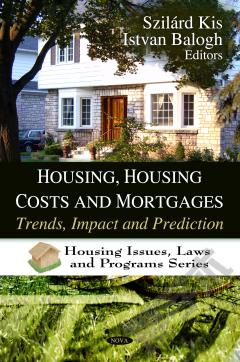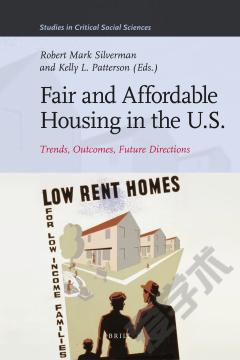Housing, Housing Costs and Mortgages: Trends, Impact and Prediction
The mortgage crisis in the US has resulted in lower housing costs, as well as greater future income uncertainty. This book examines the effects of financial regulation and deregulation on default risk exposure of mortgages and the past housing bubbles. The possible solutions to fix the loopholes in regulations are discussed. In this book, the authors also take the readers through a reasoning process on how economic estimates and geostatistical analyses can support the necessary decision making process started with new national policies on social housing. All the examples aim to demonstrate that only an integrate, multilevel approach, supported by appropriate analysis can succeed in improving policies for increase supply and quality of housing stock. Furthermore, it is well-known that innovations in housing add value to the buyer but increase the cost of production. This book examines several methods to test a buyer's willingness to pay for new features. Other chapters in this book analyze the effectiveness of the policies in the US and the UK towards the reduction of mortgage fraud in light of the 'credit crunch,' and discuss possible effects of transportation conditions and inflation policy on long-term economic growth and geography.
{{comment.content}}








 京公网安备 11010802027623号
京公网安备 11010802027623号